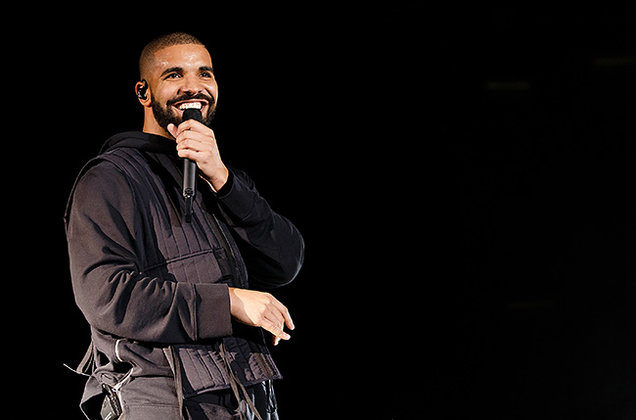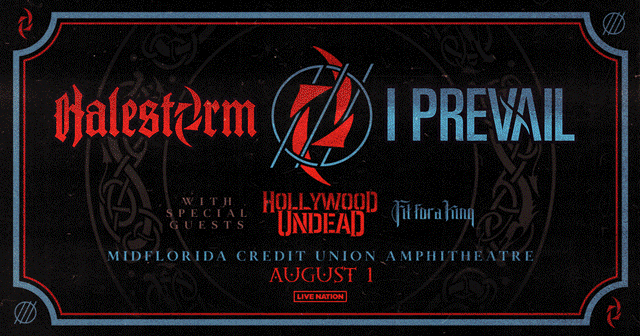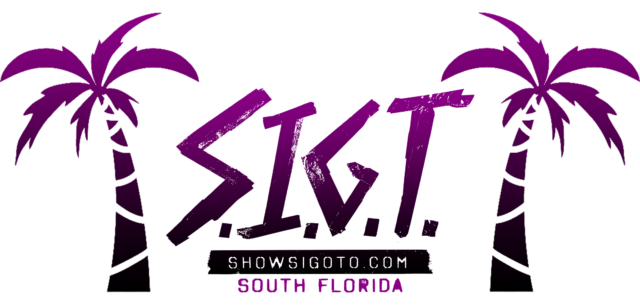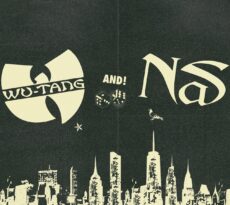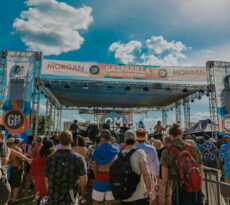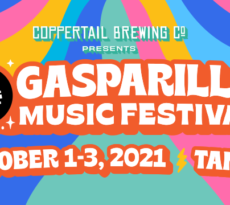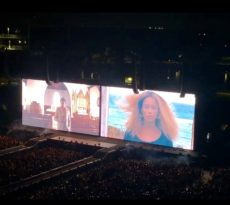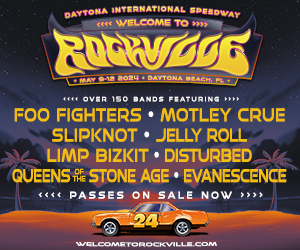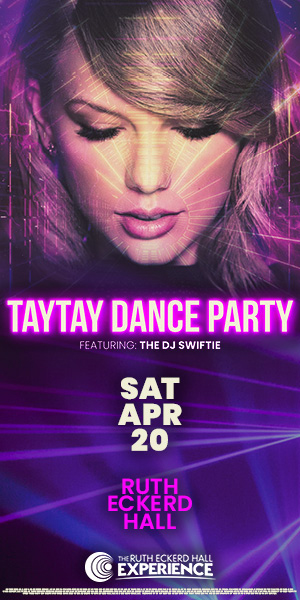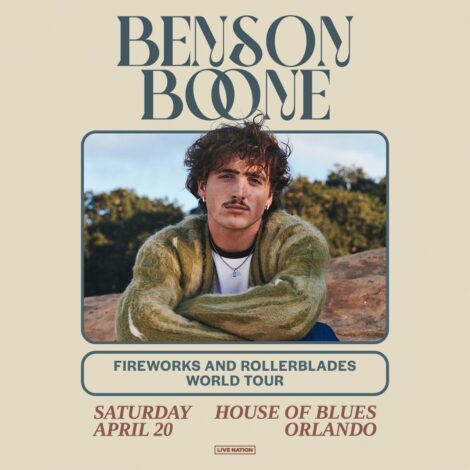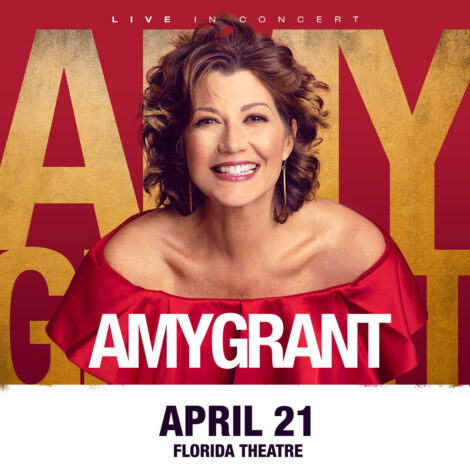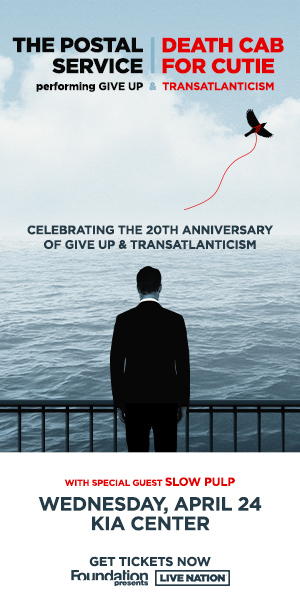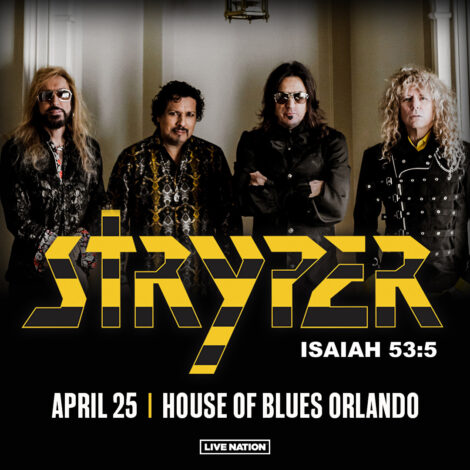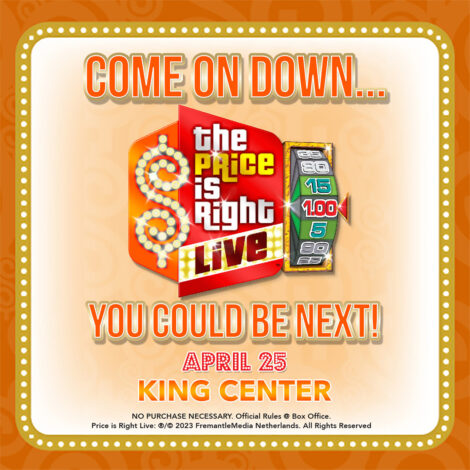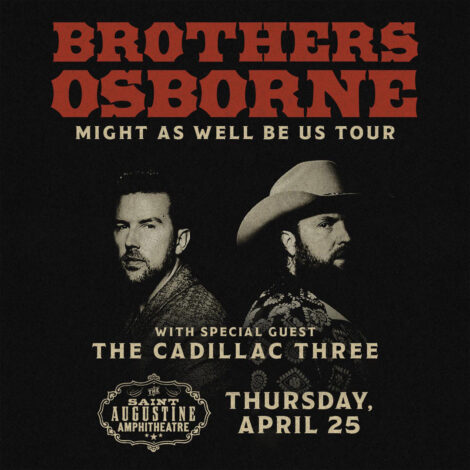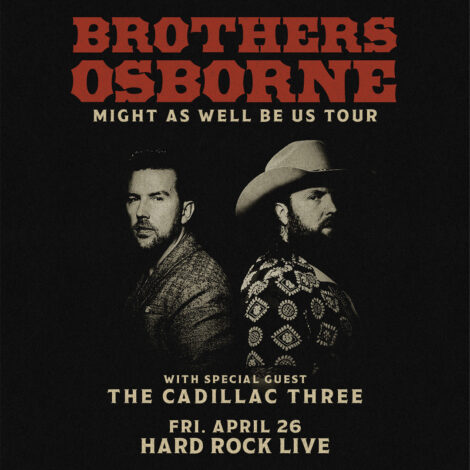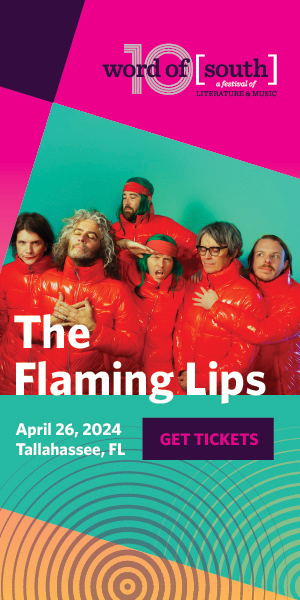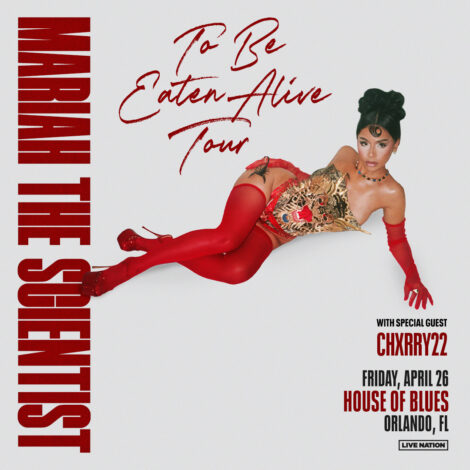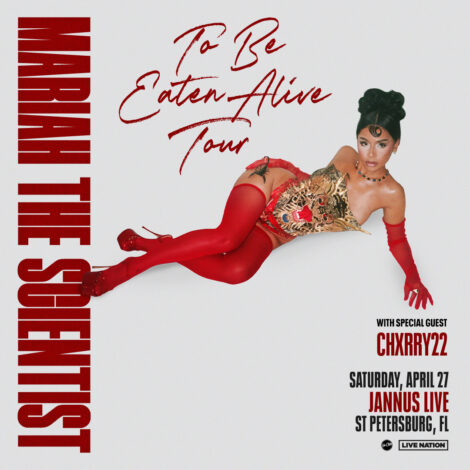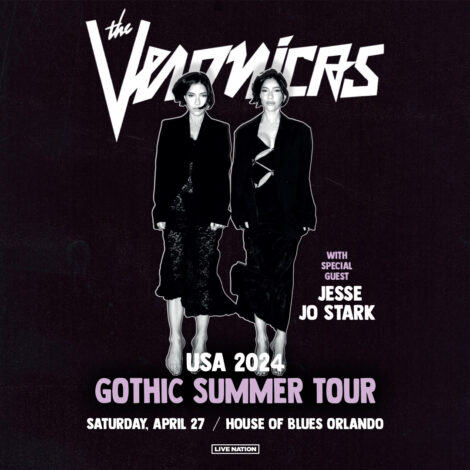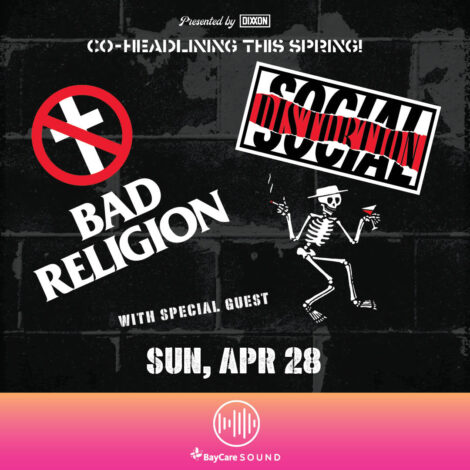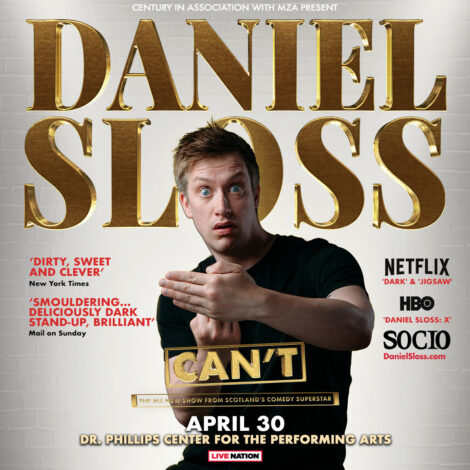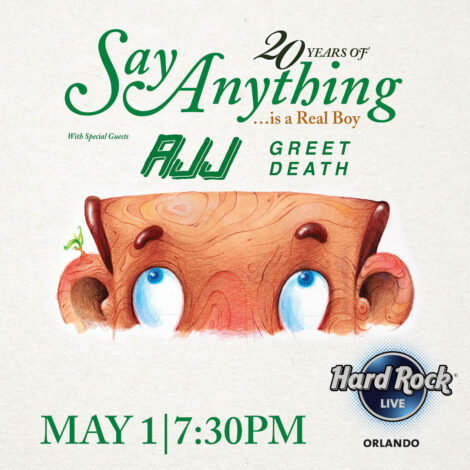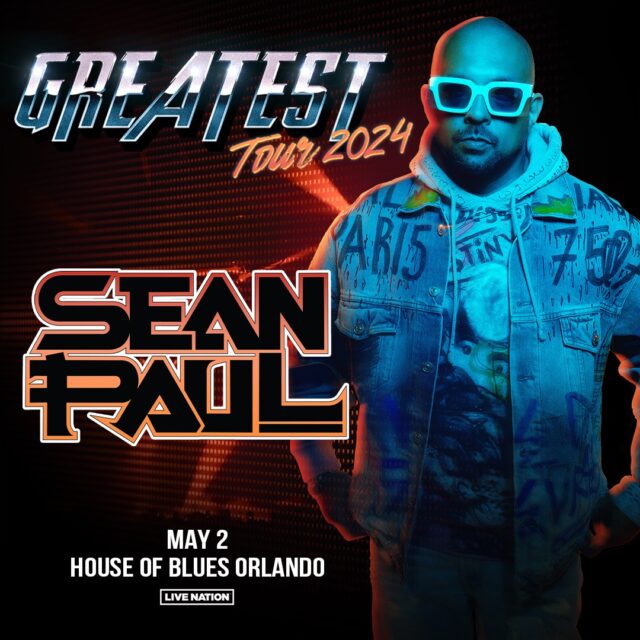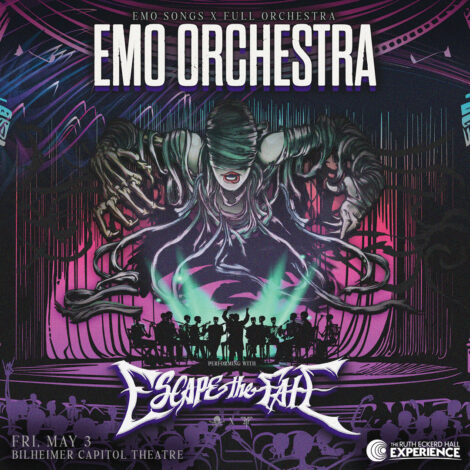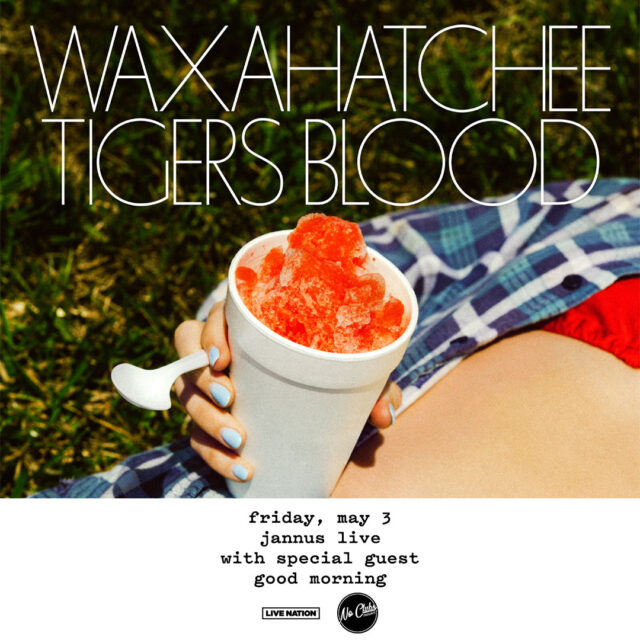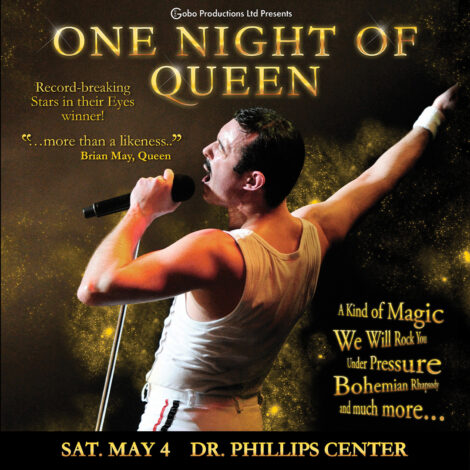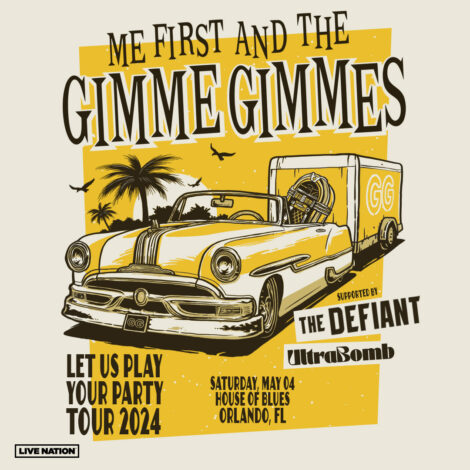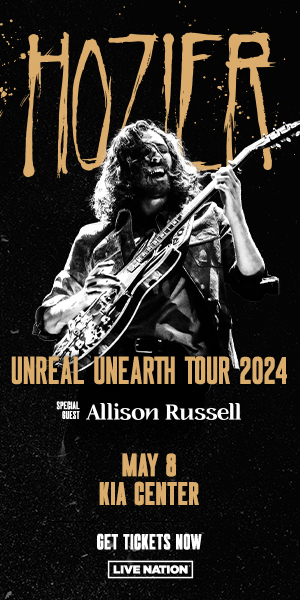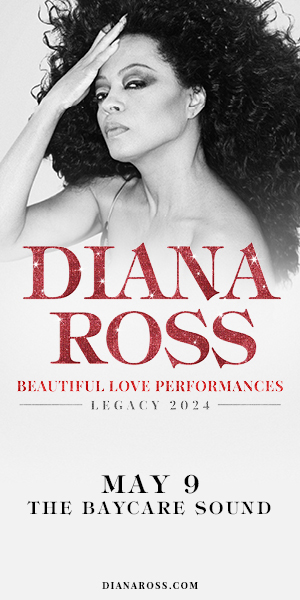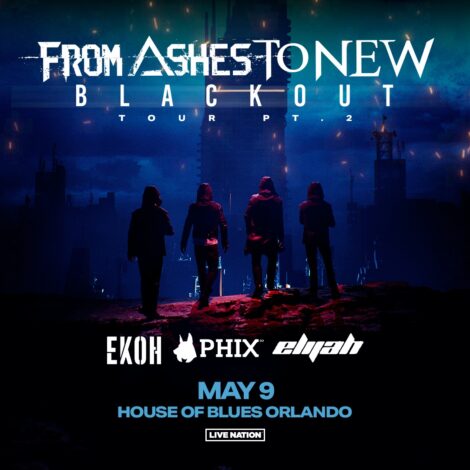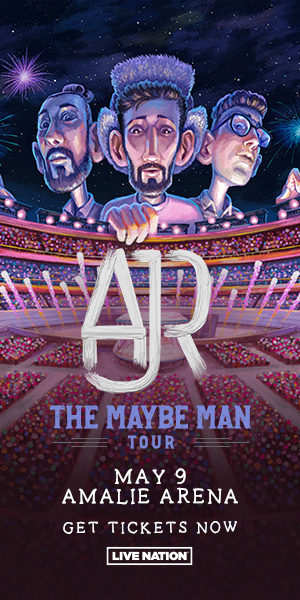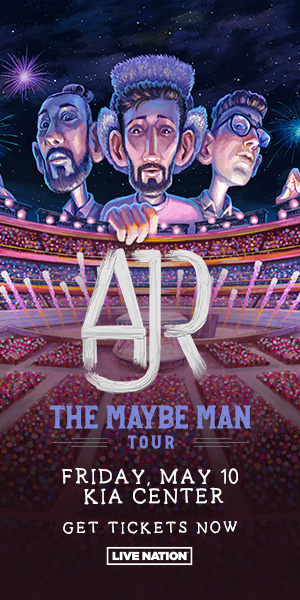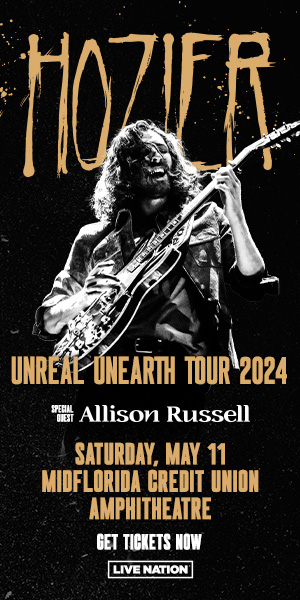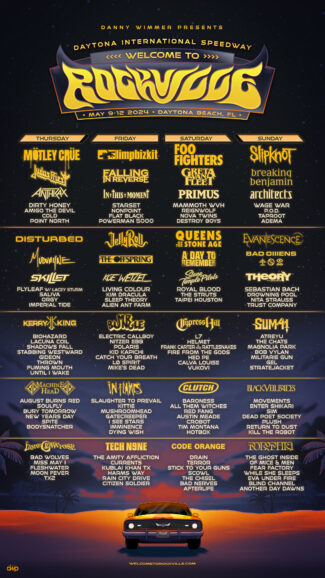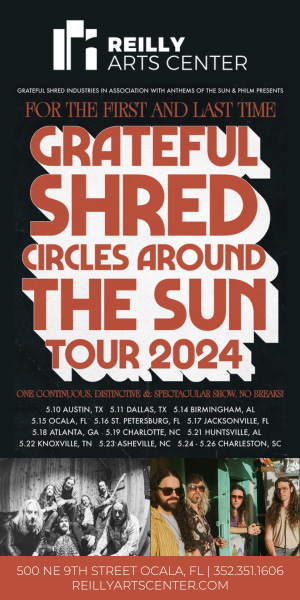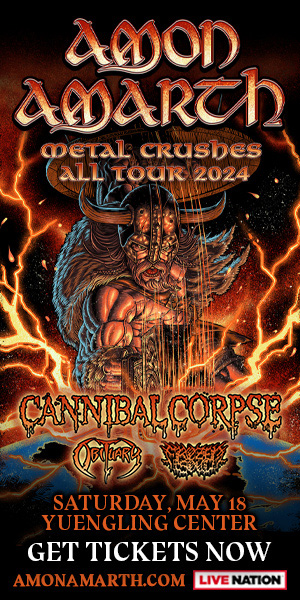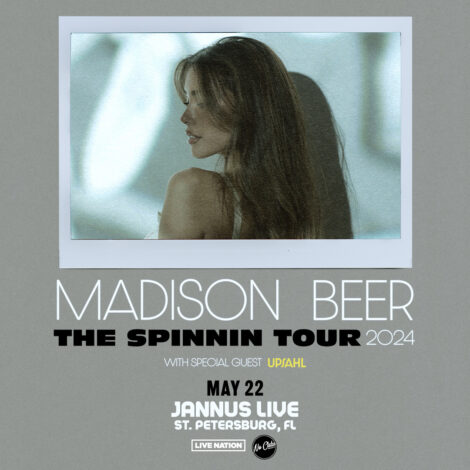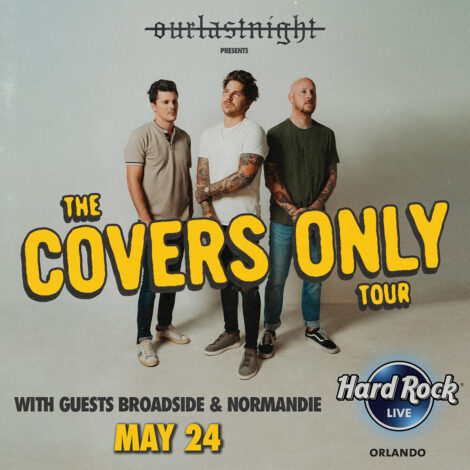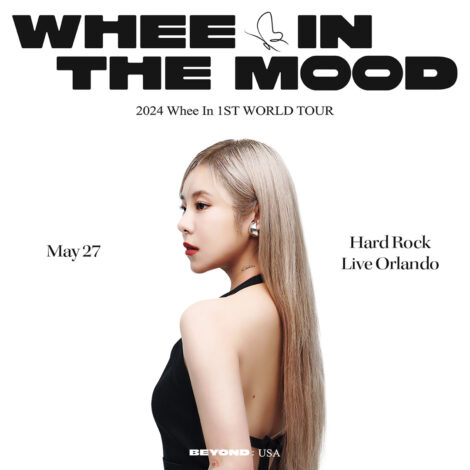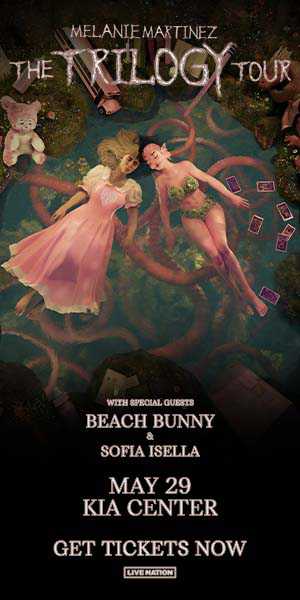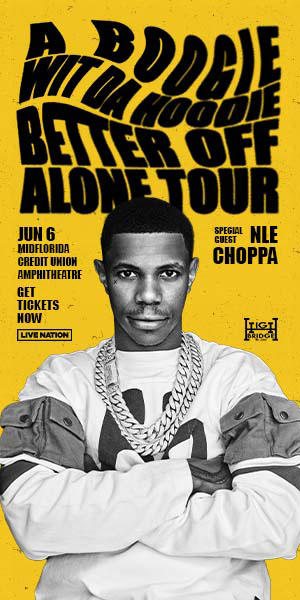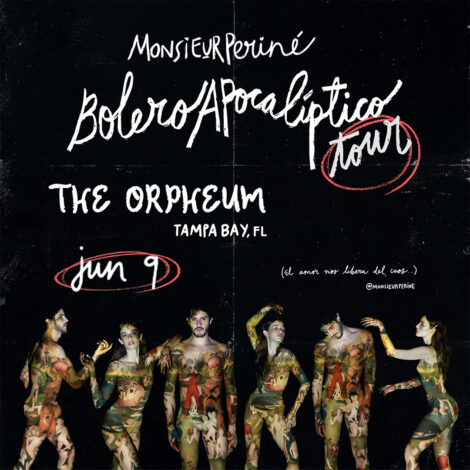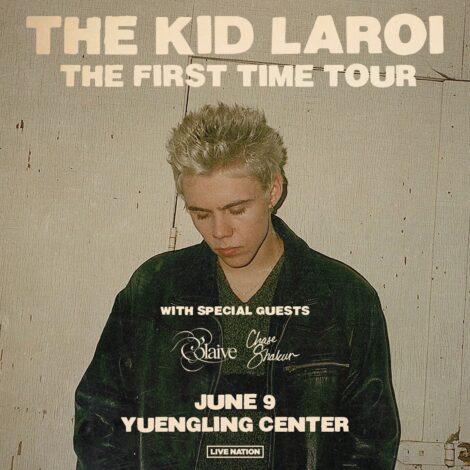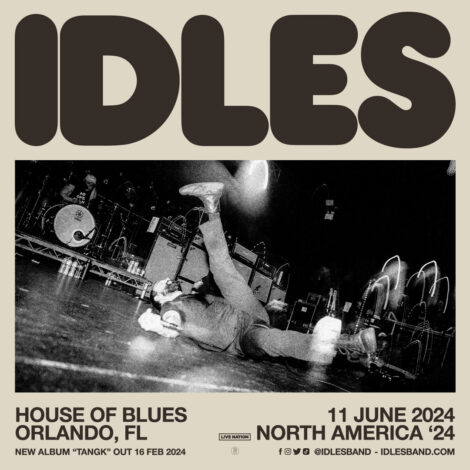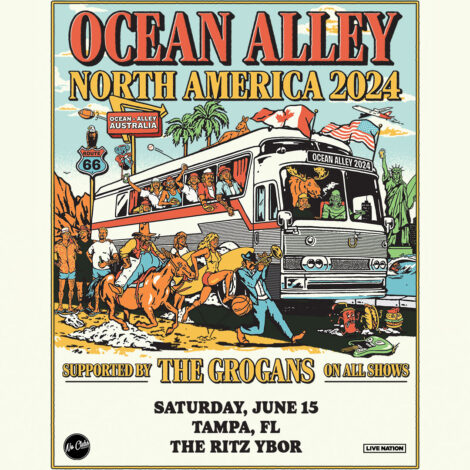Hip hop and competition go hand-in-hand. They have since the formative stages of the genre. And when it comes to hip hop artist’s album sales, things can grow even more heated. An intriguing article from earlier this year makes this point to even greater effect. It gets one thinking about the new rules for album sales, how they impact hip hop albums, and whether it should be seen as the new way forward or just a way of padding the numbers.
Are hip hop album sales what they used to be? Not even close. Will they ever be the same? Highly doubtful. Still, even with the relevancy of overall album sales continuously in question, the competition found in hip hop album sales remains fierce. Competing record labels and independent artists, with years of experience to back them up, know how to navigate the music industry, and constantly come up with ways to appeal to their target demographic. Marketing for the music industry, much like any other industry out there, involves a gamut of considerations; whether it’s product positioning via different marketing channels (learn more about it) or improving consumer perception of the brand – significant effort goes into the marketing & sales aspect for every album or track.
With this being said, it doesn’t stop artists in this genre selling a large number of albums and making an impact in the music industry. Everyone, no matter what industry they find themselves in soon realise that overcoming objections in sales is just part of their job. Once this is resolved, you realise you have a goal to reach and you aim for it. This is the same for artists in the music industry. Especially with the new rules set forth by the RIAA, which will now include streaming numbers towards album sales certifications.
In the new formula, set forth by the Recording Industry Association of America (RIAA) in February of this year, 1,500 streams are equal to 10 single-song sales, or more conveniently, one album. Of the 17 albums positively impacted by the RIAA’s new rules for album certifications, four of them were hip-hop albums. Nicki Minaj’s The Pinkprint went multiplatinum. Big Sean’s Dark Sky Paradise, Kendrick Lamar’s To Pimp A Butterfly, and Wale’s Ambition went platinum. And Future’s Dirty Sprite 2 and Kid Ink’s My Own Lane went certified gold at the time of reporting in February, based on the new rules.
Furthermore, three interesting things have happened in 2016 regarding hip hop album sales.
– On February 9, all three of J. Cole’s albums (2011’s Cole World: The Sideline Story, 2013’s Born Sinner, and 2014’s 2014 Forest Hills Drive) were certified platinum by new the sales standards set by the RIAA.
– On July 25, Nelly’s new millennium pop rap smash album Country Grammar, released in 2000, went certified diamond according to the RIAA, joining MC Hammer’s Please Hammer, Don’t Hurt Em, The Beastie Boys’ Licensed to Ill, 2Pac’s All Eyez On Me and Greatest Hits, The Notorious B.I.G.’s Life After Death, Eminem’s The Marshall Mathers LP and The Eminem Show, and Outkast’s Speakerboxxx/The Love Below as the only hip hop albums to receive the distinction.
– On July 31, Drake’s fourth studio album, Views, set a new Billboard charts record by spending 12 consecutive weeks in the number 1 spot, fueled by first-week streams totaling 245.1 million, breaking the 115 million streams record set by Beyonce’s Lemonade. And as of September 27, Views became the first album to be streamed 1 billion times on Apple Music. All of which seemed to be predicted by writer Randy McInnis when he said that Views “may be the biggest seller of the year, regardless of genre.” Good call, Randy.
Additionally, legendary Queensbridge emcee Nas declared hip hop to be in a “better” place 10 years after declaring it dead on the aptly named 2006 album Hip Hop Is Dead. He attributes the improvement to top-selling hip hop artists like Drake, J. Cole, and Kendrick Lamar (skip to about 2:00 into the video above to see his full answer.) And for all you purists out there, no, Nas wasn’t talking specifically about hip hop album sales when he first declared hip hop to be dead, nor was he doing so when he said that hip hop was in a better place. He was talking about the love, respect, honor, and care for the music and the culture. However, is it a stretch to say that the same love, respect, honor, and care can potentially translate into support of artists and their music through the spending of dollars? Not even a little bit.
Thing is, not everyone is convinced. While RIAA Chairman and CEO Cary Sherman believes that including album streams in the reporting of record sales “is the next logical step in the continued evolution of Gold & Platinum Awards, and doing so enables RIAA to fully reward the success of artists’ albums today”, Top Dawg Entertainment CEO Anthony “Top Dawg” Tiffith, label of recently-minted platinum artist Kendrick Lamar, doesn’t see a need to honor the achievement. Tiffith took to Twitter to say, “We don’t stand behind this [RIAA] bs. Ole skool [sic] rules apply, 1 million albums sold is platinum. Until we reach that #, save all the congrats.” He later tweeted, “No cheat codes 2 platinum.”
Because of these points of view, an interesting debate arises. With hip-hop album sales having tanked due to new technology and new generations of hip hop and music listeners having greater control over their own music consumption, is this new rule set forth by the RIAA a saving grace and a life jacket for hip hop in the treacherous waters of the music industry? Or, is it a new music industry cheat code and a way to cook the books? Is the RIAA getting with the new wave and taking steps to move forward with the changing music listening landscape? Or are they leaning on an unreliable formula that doesn’t hold water?
The harsh reality is that this rare rule change by the RIAA may be the best hope that hip hop as a musical genre has to get back even a glimpse of its former record-breaking sales glory days. Let’s face it: the time of the mega album being an event (arguably with the exception of Beyonce‘s last two outings), regardless of genre, has faded into a distant memory. It has been replaced over the course of two generations with an assembly line of new music buying habits, music listening technology that made things more compact, more mechanical and more convenient, and more informed, savvy fan bases.
Previous generations had it both easier and more difficult. If you were a kid of the 1960s, ’70s, or ’80s, you knew that your primary way of getting your hands on an album like Sgt. Pepper’s Lonely Hearts Club Band, Rumours, or Thriller, you had to get your ass out to the local record store and purchase it on a limited number of musical formats. All of that changed with the introduction of Napster, and later, the iPod.
Now, let’s throw hip hop into the mix. A genre considered a gimmick and a joke from its earliest days, hip hop began as a genre that wasn’t even marketable or sellable by mainstream music standards. Only when it began to feature the emcee more heavily was it something that labels took notice of. And even then, it was a genre that started out like most others, by being singles-driven. It wasn’t until 1986 that a hip hop album, Run DMC’s Raising Hell, would go platinum by the RIAA’s standards at the time.
Fast forward to the ’90s, and you have artists like 2Pac, The Notorious B.I.G., and Jay Z breaking the platinum boundary. The era of the hip hop double album, which included titles like All Eyez On Me, Wu Tang Forever, The Art of War, and Life After Death made way for hip-hop breaking down the door and doing astronomical numbers. Later, even with hip hop album sales starting to dwindle, the pseudo-feud between 50 Cent and Kanye West back in 2007 did its part to revive hip hop sales with Kanye outselling 50 by over 300,000 first week units. Both albums, Curtis and Graduation respectively, went on to sell millions.
But a new era, new technology, and new rules usually means at least some loss of momentum. To be fair, the top performing first week hip hop albums of 2015 sold respectively well under the circumstances: Drake’s If You’re Reading This, It’s Too Late with 495,000 first week sales, Kendrick Lamar’s To Pimp A Butterfly with 324,000, Dr. Dre’s Compton with 276,000, Meek Mill’s Dreams Worth More Than Money with 215,000, and Big Sean’s Dark Sky Paradise with 139,000. But compare that to 2016’s Views by Drake, which debuted with traditional album sales of 852,000 and equivalent album unit sales of 1.04 million, and you can see the gaping disparity, as well as the fact that at least on a mainstream level, hip hop does not have the selling power it once did. Case in point: near the height of his popularity, Eminem’s The Marshall Mathers LP debuted with 1.76 million albums sold in its first week alone.
This is not to say that the overall quality of hip hop music is down. Far from it. Album sales have never been and never will be a true indicator of quality. Some of the most universally critically acclaimed hip hop albums from the last five years have been some of the genre’s most minimal sellers. Joey Bada$$’s 2015 debut, B4DA$$, debuted at number 5 on the Billboard 200 with only 53,900 copies sold, while 2014’s Run The Jewels 2, the second album from Killer Mike and El-P and follow up to 2013’s Run The Jewels and one of the most praised albums regardless of genre by news outlets like Pitchfork and NPR, had first week album sales of 12,000 copies. It is to say that a specific set of circumstances — a greater focus on artists and genres billed as more of a sure thing, the explosion of streaming services as an alternative to purchasing full albums, ever changing and expanding music-listening demographics, and a continuously fickle fan base — shaken together and mixed well, have contributed to hip hop losing some of the mojo it once held and being in need of any boost it can get.
And none of these circumstances will change anytime soon. At best, they will only further fracture an industry where currently no one seems to know what is going on. Therefore, if it takes the RIAA to create an equivalency formula that boosts the flagging numbers of hip hop albums into the millions, more power to the RIAA. Maybe old school rules should still apply, and maybe hip hop artists should want their albums to go platinum and multi-platinum without the need of falling back on what some deem a technicality.
But, let’s be real for a moment: we live in a world where people love to revel in nostalgia that rarely results in going back to nostalgic times. So, for now, let’s toast to artists like Drake, J. Cole, Kendrick Lamar, Big Sean, Future, and Nicki Minaj whose art has benefitted from the RIAA’s bold move. It might not be the road they wanted their music to travel to get to the land of album sales supremacy; but at the end of the day, they’re still at the top of the heap.
Hip Hop Album Sales and the RIAA Commentary by Ron Grant, edited by Jason Earle
Thanks to our Sponsors, Kingfish Records in Clearwater, FL! Check out our South Florida SIGT Website!
▼ SHOWS TO GO TO ▼
Please support our friends who support us! Tell them Shows I Go To sends love! 🙂
- The Commission Beer Chamber
- Kingfish Records (Clearwater)
- Nora's Sugar Shack!
- Park Ave CDs
- Montgomery Drive Presents
- RT-Art Printing
- The Mary Jane 'High-Quality' Art Gallery
- The Owl's Attic Vintage Shop
- Broken Strings Brewery
- American Combat Club
- Lazy Moon Pizza
- Ten10 Brewing
- Leguminati
- Mutiny Ocala
- The Tipsy Skipper
- Conrad's Beer Shanty
- AKT Shirt Printing
- Smartpunk Records & Shop
- No Clubs Presents
- DaddyKool Records
- Galactic G Skateshop


